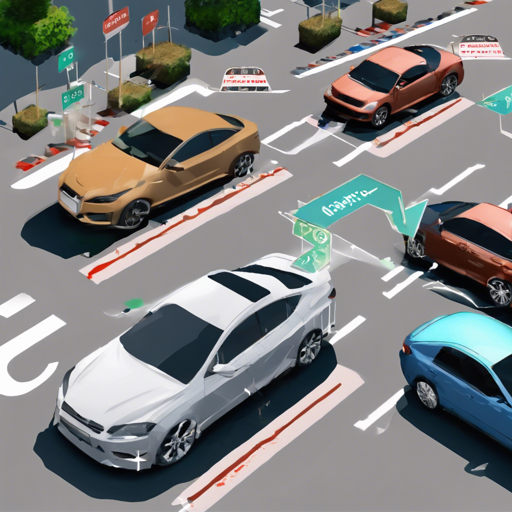EasyPR is an effective tool for reading and recognizing license plates using computer vision technologies. In this guide, we will walk through the steps to set up and utilize EasyPR with OpenCV for license plate recognition, and we will troubleshoot common issues along the way.
Step-by-Step Setup
To get started, you’ll need to ensure you have a proper development environment set up. This includes having OpenCV installed and configured with your programming language of choice. Below is a comprehensive guide to setting up EasyPR for different platforms.
1. Download EasyPR
- For Windows, you can download from the following link: EasyPR Windows Version.
- For Android: EasyPR Android Version.
- For iOS: EasyPR iOS Version.
- For Java: EasyPR Java Version.
2. Setup the Project
After downloading EasyPR, you can integrate it into your project. If you’re using C++, here’s a quick analogy:
Imagine you are assembling a model car, where each component represents a part of the EasyPR framework. You need to align the wheels (input images), chassis (code structure), and the engine (EasyPR functions) to ensure everything runs smoothly. By including the necessary header files and linking against the EasyPR libraries, you’re essentially putting together a well-oiled machine.
3. Example Code to Recognize License Plates
The following code snippet will help you understand how to implement license plate recognition with EasyPR:
CPlateRecognize pr;
pr.setResultShow(false);
pr.setDetectType(PR_DETECT_CMSER);
vector plateVec;
Mat src = imread(filepath);
int result = pr.plateRecognize(src, plateVec);
if(result == 0) {
for (int i = 0; i < plateVec.size(); i++) {
CPlate plate = plateVec.at(i);
Mat plateMat = plate.getPlateMat();
RotatedRect rrect = plate.getPlatePos();
string license = plate.getPlateStr();
cout << "Detected License Plate: " << license << endl;
}
}
This code is like a detective revealing the identity of a suspect based on a lineup; it processes the image, detects potential license plates, and extracts the characters for further analysis.
Troubleshooting Tips
Encountering issues when using EasyPR? Here are some common problems and their solutions:
- Compilation Errors: Ensure that all necessary libraries are properly linked and included. Make sure your OpenCV version is compatible with EasyPR.
- Image Not Detected: Check the quality of the input image. The license plates should be clear and unobstructed. Consider adjusting the variable settings like
setDetectTypeto suit different plate formats. - Unexpected Output: Review your code logic and ensure that the order of operations aligns with the EasyPR documentation.
For more insights, updates, or to collaborate on AI development projects, stay connected with fxis.ai.
Conclusion
EasyPR is a robust tool for license plate recognition that can be utilized across various programming environments. By following this guide, you will be able to configure EasyPR and troubleshoot any issues that arise along the way.
At fxis.ai, we believe that such advancements are crucial for the future of AI, as they enable more comprehensive and effective solutions. Our team is continually exploring new methodologies to push the envelope in artificial intelligence, ensuring that our clients benefit from the latest technological innovations.

